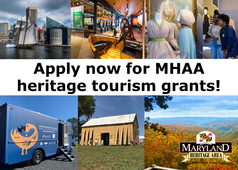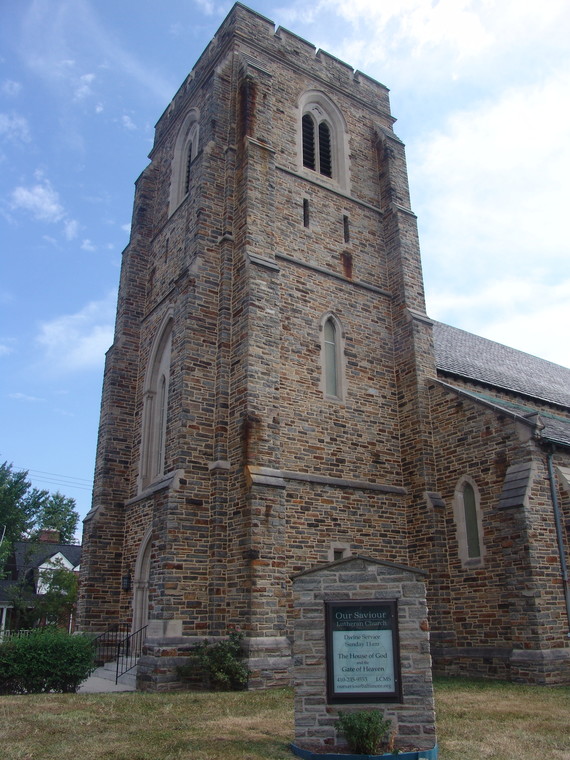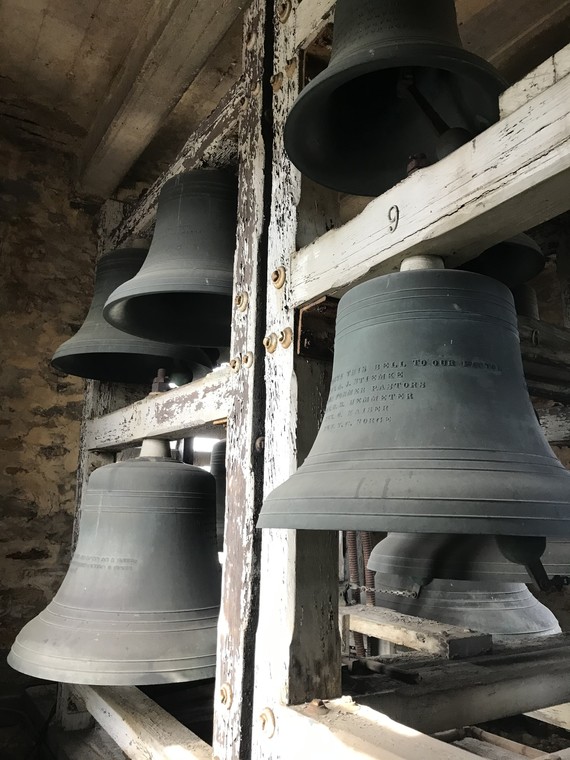A Message from the Director
By Elizabeth Hughes
As 2020 - an extraordinarily difficult and heartbreaking year - draws to a close, I wanted to take a moment to thank everyone involved in protecting and stewarding the wonderful historic places that enrich all of our lives. Public historic sites, small businesses in historic districts, and heritage tourism institutions have been particularly hard-hit by COVID closures. It will take all of us working together in the new year to reorient, reconnect, and reinvigorate our programs and our communities.
The good news is that we have all learned how to do more with virtual access and programming during this time. We've rediscovered our cultural landscapes and public parks. With fewer travel options, we have become more attuned to the importance of place. I hope that we can hold onto these bright lights as we move forward, and - from all of us at MHT - we send best wishes for the coming year.
|
|
 |
MHAA Grants for Heritage Tourism
The Maryland Heritage Areas Authority (MHAA) is now accepting Intent to Apply Forms for FY 2022 project grants. Find out more here or watch the recorded webinar to learn more about the application process.
|
|
 |
By Heather Barrett, Administrator of Research and Survey
Located in the neighborhood of Ednor Gardens-Lakeside in northeast Baltimore, Our Saviour Lutheran Church is a prominent stone Gothic Revival building, constructed in 1929-1930 and designed by the architectural firm of Frohman, Robb, and Little, who also designed the Washington Cathedral. The building has many notable architectural features, including lancet-arched, stained glass windows from the Willett Stained Glass Company, decorative wrought iron by Samuel Yellin Metalworkers, and a Moller organ. Willett, Yellin, and Moller are well-known companies from Pennsylvania with origins in the late nineteenth and early twentieth centuries.
 What people often hear, but may rarely see, is the eighteen-bell carillon located in the church’s crenellated tower and played from the Moller organ. A carillon is a musical instrument consisting of at least two octaves of carillon bells arranged in a chromatic series. Accessed by three wooden ladders and platforms, the tower includes an intact, early workshop space that serviced the massive bells. Numerous instruments that tuned the bells survive in situ. Overlooking the nave, a small lancet-arched opening frames the altar and organ, providing the caretaker with immediate visual access to the organist, the choir, and the pastor. A small keyboard to test the bells stands in front of this opening.
 |
Above the workshop space at the top of the tower, a heavy oak-timbered structure rests on a reinforced concrete floor, creating the framework to support the cast bells, fabricated by the McShane Bell Foundry. The foundry was established in 1856 in Baltimore, and, according to their website, they have fabricated over 300,000 bells for cathedrals, churches, universities, cities, and towns around the world. Originally installed in 1934, the bells, varying in size, weigh between 500 and 3,000 pounds, and each has a unique dedication and bible verse. For example, one reads: “I will sing unto the Lord as long as I live. I will sing praise to my God while I have my being.” Each bell has its own motor and chain that pulls the striker to ring the bell. Until recent years, the bells continued to operate from the organ, but today they are in need of repair.
 Our Saviour Lutheran Church has served the surrounding neighborhoods for over ninety years. In the 1930s, the bells played “Anchors Aweigh” as midshipmen marched down The Alameda (or 33rd Street) to nearby Memorial Stadium – an event replicated many times over the years. By the late 1950s, the church expanded with an education wing to the north, providing additional space for community meetings and lectures, a library, and a free flea market to benefit community members in need. The congregation’s activism concerning blockbusting and other racially-discriminatory housing practices in the 1960s and 1970s laid the groundwork for the decision to join with Saint Matthew’s Lutheran Church, an African American congregation in 1973. Three years ago, the City of Baltimore designated Our Savior Lutheran Church a historic landmark, honoring its architectural and historical legacy.
ICYMI: MHT Roadshow - Now Virtual!
Have you ever wondered which grant program is the best fit for your funding request? The recent MHT Virtual Roadshow included information about all the grant programs that MHT administers, including Maryland Heritage Areas project grants, Historic Preservation Capital and Non-Capital grants, African American Heritage Preservation Program grants, and Certified Local Government grants. Watch the recording here. To learn more about MHT Roadshow offerings, visit our website.
|
|
 |

OUR HISTORY, OUR HERITAGE: BLOG ROUND-UP
|